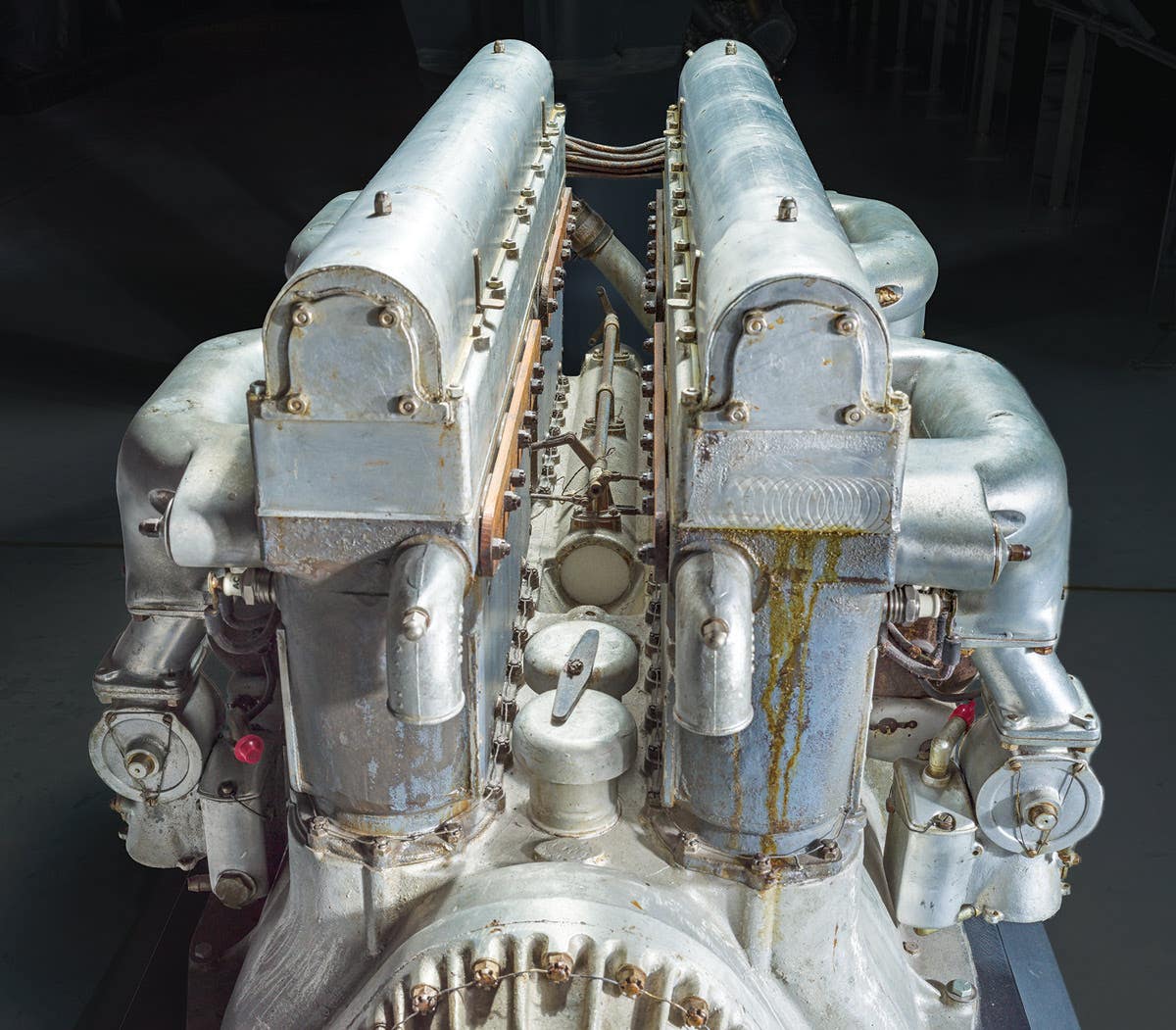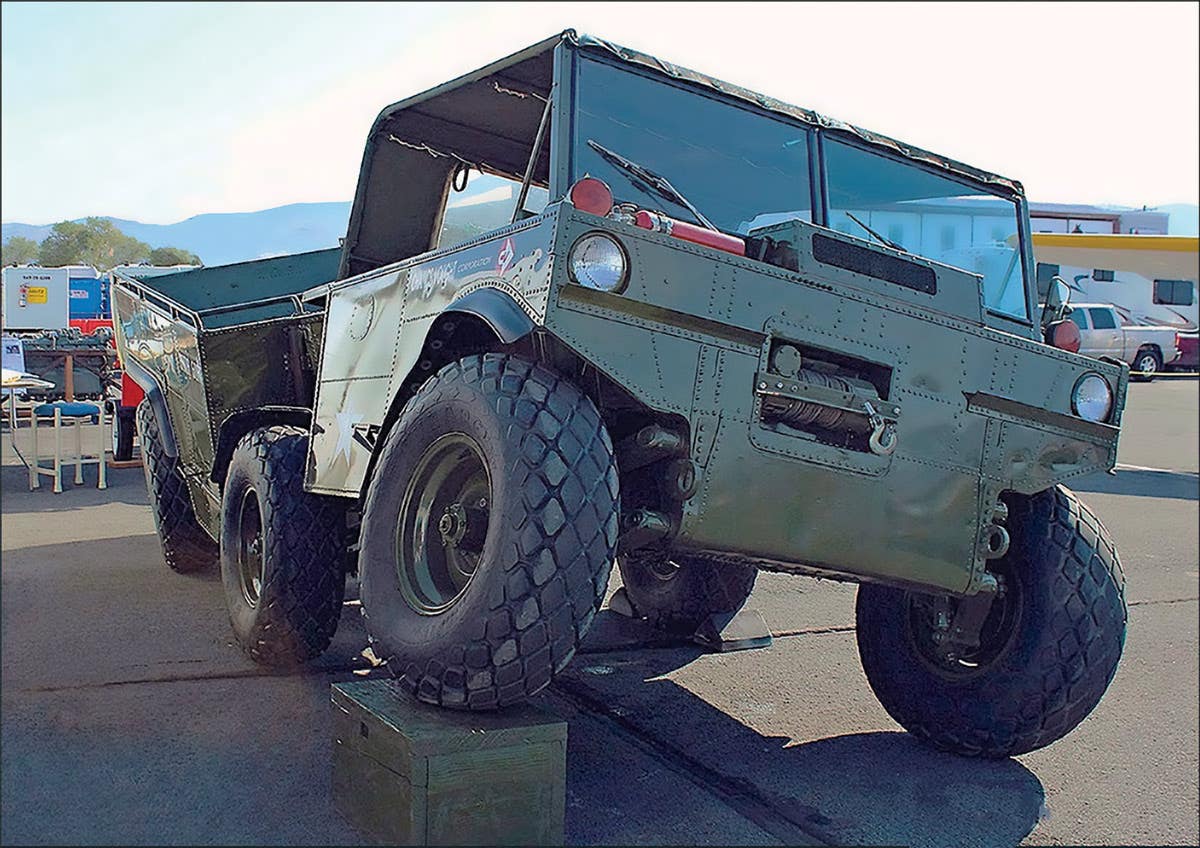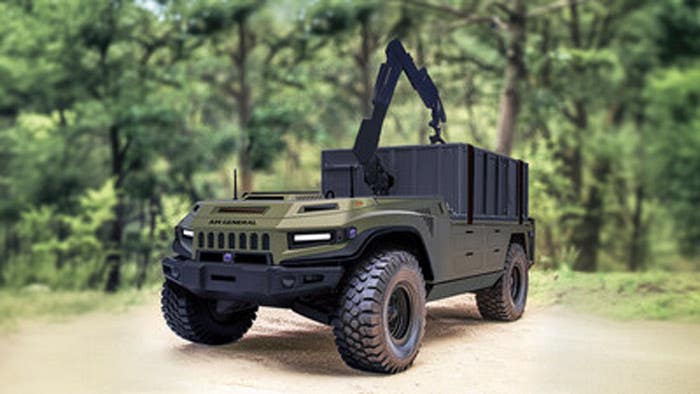All hail the ‘Green Goddess’ Bedford RLHZ military fire truck
The ‘Green Goddess’ Bedford RLHZ military fire truck fit the bill.
All branches of the military designate some of their service vehicles to various specialty roles, such as ambulances and security duties, for which purpose they are adapted and fitted out accordingly. These specialty vehicles can provide unique and interesting challenges for vehicle collectors and restorers.
One such British vehicle emerged during the early 1950s, when the “Cold War” existed between the Western powers of NATO and the Warsaw Pact. Tensions were high, and both sides had legitimate concerns that matters could escalate into hostilities. The specter of a nuclear war loomed.
Countries took whatever measures they thought appropriate in order to prepare for such an eventuality. In Britain, the Government Department, Ministry of Works approached the Bedfordshire-based Bedford Motors, which had supplied thousands of vehicles to the British military during WWII. The idea was to develope a fire engine design that could be produced in large enough numbers to form a national fleet to respond quickly to fires in the aftermath of a nuclear strike.
It was rather naïve of the government of the day to think that anything so conventional could have been of any real use and showed just how uninformed leaders were about the destructive power of even these early types of nuclear weapons. The Auxiliary Fire Service, AFS, which had spent the war years as part of the National Fire Service, was released from that role and reinstated as a separate organization on April 1, 1948. The trained members of the AFS would serve as the fire-fighting units of the Civil Defence Corps, CDC, a voluntary organization raised in 1949, to deal with emergencies, including responding to the aftermath of a nuclear war.
By 1956 there were some 330,000 members organized into local divisions around the country and trained to deal with various situations, from train crashes to helping rescue people from collapsed buildings. For these duties the CDC was equipped with a range of military-style vehicles, including Land Rovers, trucks and the new fire appliances, or tenders, all of which were painted in bronze-green color. These were kept in central locations from where they could be deployed as “mobile fire columns” of up to 144 vehicles which could provide support to the regular fire brigades.
The design team at Bedford came up with two vehicles, both based on military models already in production during the 1950s. One was known as the S-Type or SHZ, a 4x2 rear-wheel drive vehicle, with the initials standing representing: S= Model; H= designated fire appliance and Z= indicating outside body work fitted. The other vehicle was the R-Type or RLHZ with “R” designating model and “L” referring to long wheelbase, with H and Z initials representing the same as on the S model. There was little to distinguish the vehicles from one another. Both were fitted with the same engine and carried a Sigmund FN4 centrifugal pump. They carried two reels each holding 180 feet of coiled rubber hose, which, in the case of the SHZ, were mounted at the rear of the vehicle either side of the pump. The RLHZ version carried these hose reels mid-ay along the body on either side.
The hand-built bodywork was supplied and fitted by various companies specializing in vehicle conversion, including the Yorkshire-based Plaxtons. In all, some 11 companies were engaged in fitting the bodywork.
Production of the fleet ran between 1953 and 1956, during which time some 1,300 SHZ versions and 1,900 RLHZ versions were built. Among the equipment carried as standard was an aluminium ladder measuring 35 feet. A Coventry-Climax water pump with an in-built four-cylinder short-stroke motor, capable of delivering 300 imperial gallons of water per minute, was carried in a side locker. Later upgrades to the trucks increased their capacity to carry additional equipment such as a short extension ladder, more hoses and foam pumps.
The driver’s cab was included in this work and was sufficiently spacious to accommodate the six- man crew serving the vehicle and also housed the controls for the pump. The crews serving on the vehicles included: the commander; the driver who also served as the pump operator; and four fire fighters.
The livery color led to the vehicle being called the “Green Goddess”, and the nickname stuck. These were not primary fire engines or tenders, in the true sense of the term. Depending on the type, Green Goddesses carried an on-board water capacity of either 300 or 400 gallons, which, together with the limited range of equipment carried, meant they were relegated to the role of support appliances. In that respect their primary function was to use their powerful on-board Sigmund pumps to act as self-propelled emergency pumps and supply extra water to regular fire engine by pumping water from rivers, lakes and even swimming pools at the rate of up to 900 imperial gallons at 100 psi per minute over extended distances.
When the CDC was “stood down” in 1968, many of the Green Goddess vehicles, perhaps over 1,000, were mothballed and placed into storage. Responsibility for the service and maintenance to keep them in running order in case of an emergency was transferred to the Army. That proved to be just as well because throughout the 1970s Britain was racked by a series of disputes, not least of which was a strike by fire services employees. This sometimes led to the Army deploying the Green Goddesses and their crews, who did their best but had limited training.
More Green Goddess vehicles were eventually sold off and sent overseas, including some 60 to Nigeria and 37 to the Irish Republic. Some of the last examples were scrapped and others eventually found their way into either museums or private ownership.
Some of the trucks in Northern Ireland during the volatile 1970s were painted yellow to prevent them from being mistaken for military vehicles. The distinctive red or orange stripe running down the sides was retained, with the only modification being wire mesh screens to cover the glass windows.
The Green Goddesses have all long since been retired from service, but there are many still running and far from being forgotten.







